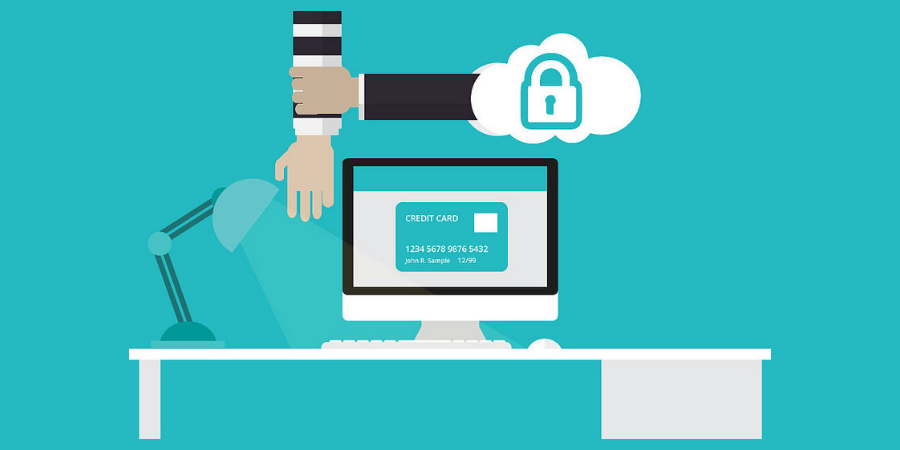You have made your web app and are asking users to pour out their personal and financial information but did you ensure that your web app is safe enough to store the confidential user details? Yes? No? Maybe?
Nothing is worse than a security breach in your web app. The information gathered along with the user’s trust goes down to the gutter with it. To prevent such a big calamity to strike you, there are some security measures you must put into practice before making your web app public or if you already did, don’t worry you can always make it secure anytime.
Many of the web application development companies focus on the look and feel of the app than its security which later causes the damage beyond repair. While the following ways must be practiced to ensure the safety of your web app.
- Create a Separate Development Server for your Experiments
Testing and debugging of apps take place quite often but all of which should be conducted on a stand-alone web server than the main production server. Too many testing codes can cause turbulence in the system, invite security vulnerabilities and even malfunction the user’s experience.
- Come to a Conclusion Whether You Really Need All Data
There is no thumb rule of gathering and saving data. Each web app is different and serves different purposes. Hence, not necessarily you too must collect and save what others are doing. Decide whether you really need to access the email or sync the friend list of the user or want to know their street address? If yes, where are you going to store them securely? Show them your security practices before drawing out their personal information. It is good to personalize things for the users but before doing that, make sure your database is secure enough to store them all. Hence, collect only as much as you need.
- Learn At-least the Basics of Databases and Passwords
Acquire knowledge of the basics of databases and passwords to avoid minor loopholes in your web app like; never store user id or password in a plain text form in your database, avoid sending account confirmation email to the user that includes the password in plain text, do not send plain text passwords to users for password resets, block user after a certain number of unsuccessful login attempts, log and audit both successful and unsuccessful login attempts and so on.
- Choose the Most Secured Web Hosting Service
Web hosting is the key part and if it has some flaws, the loss is yours. Choose the one with good security measures like Amazon Web Services (AWS), a popular cloud host, that offers such security features and tools a web developer can take advantage of while building web applications that store and manage sensitive data.
- Invest in Maintenance & Updates
To reap good you have to sow. Nothing can be achieved unless you invest something in it. Your web app needs regular maintenance check and timely updates to keep going. There won’t be any dedicated web developer who won’t suggest you follow this practice. Update everything right from your server, operating systems to platforms with the latest security patches.
- Don’t Forget These Security Steps
- Admin, 12345, common you can do better. Start using strong passwords using a combination of lowercase and uppercase letters, numbers, special symbols, etc. Try KeePass to create one.
- Make it HTTPS and redirect all HTTP traffic towards it.
- Implement the x-xss-protection security header to prevent Cross-Site Scripting (XSS) which will enable the application to reject any malicious data because it may happen that an attacker may try to enter a harmful script into your web app and you may end up unknowingly helping them to deliver the script to the people online.
- Implement a content security policy.
- Apply security measures according to the need and of the application.
- Test your web app using different technologies, identify the possible vulnerabilities and risks and make a list.
- Prepare a threat profile and test plan according to the identified possible vulnerabilities and risks.
- Use automated testing along with manual testing.
- Test, retest and create a detailed report on the security testing conducted, the vulnerabilities and risks identified and the risks that still persist.
- Check whether your web app is vulnerable to SQL injection.
Kanhasoft is always there for you. We have the 45+ development team to develop the secure web application which meets your custom business needs. Reach out to us to hire the best web developers for your web app, today!



